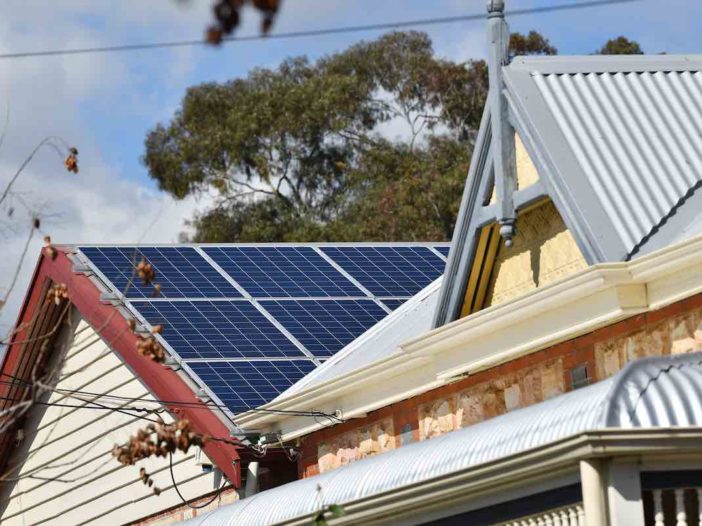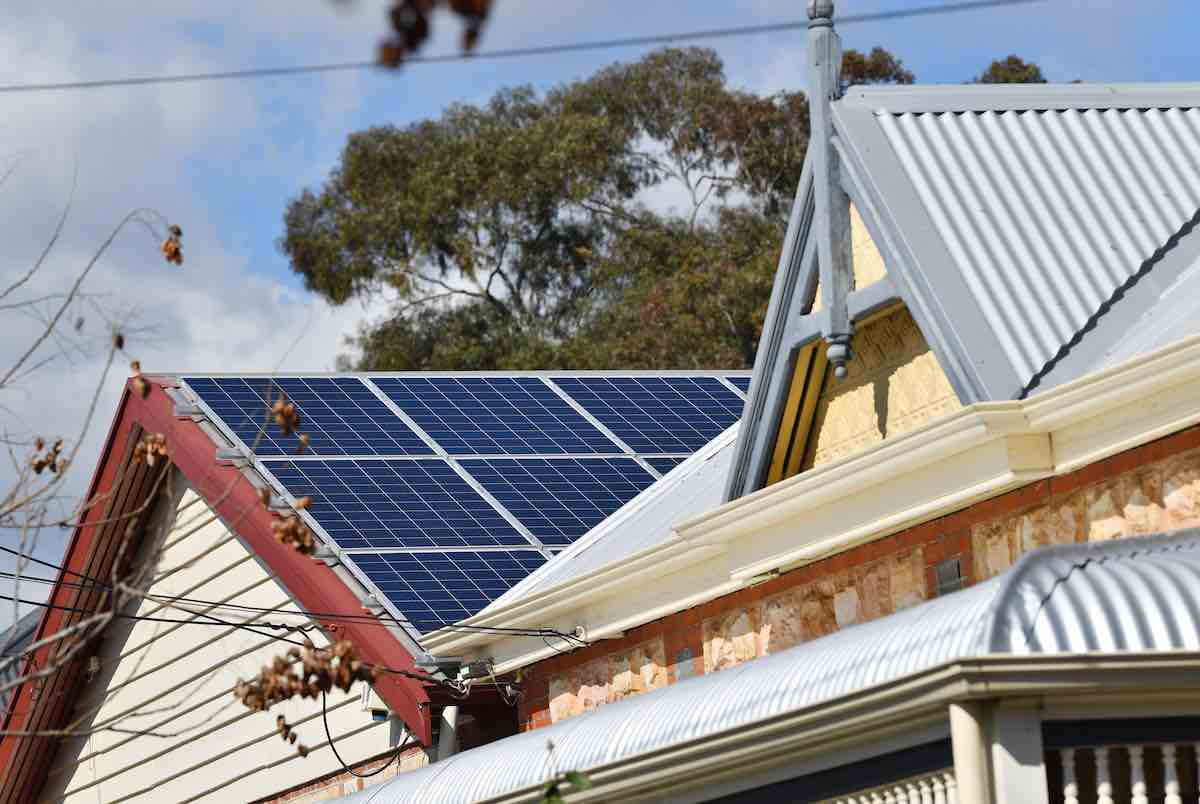
Australia’s energy market was designed for a different age and system. Energy went in one direction: from generator to customer, and the economic and technical levers all sat in the power station and market operator control rooms.
We’re now in a world where consumers – with solar panels, batteries, EVs and electrified homes – can play an enormous role in the generation and management of energy. If we want to hit our climate and transition targets, we urgently need them to.
But if we’re going to get consumers to help drive this change, we’ll need an energy market that delivers with consumers in mind.
Two recent developments show we’re still a long way from where we need to be.
We must stop changing tariffs on consumers who get smart meters
Last week the ABC reported that energy retailers are charging Australian households electricity prices based on their highest point of usage for the month, with customers using smart meters being placed on ‘demand’ tariffs without their knowledge or consent.
This is a disaster for the clean energy transition.
Smart meters and new tariffs are crucial to the success of the transition to renewables. We’ll need to update our habits – for example, where and when we “fuel up” the car – and devices – hot water systems and perhaps home batteries – to use abundant midday renewable energy.
We also want people to use this flexibility to spread out their energy usage and reduce “peaks” that drive the need for more poles and wires. Price signals and tariffs that reward people for doing this will be critical.
But placing a customer on a tariff with a price signal, without telling them or giving them clear advice on how they could use it to reduce their bills, is worse than ineffective.
It will drive hostility and fear of changes of any kind to the energy system, and in the ever-politically sensitive environment around energy, it could derail the whole transition to a much cheaper, consumer-centred grid.
When a customer moves to a new tariff, it must be opt-in, every time.
We can make the system reward customers for the way they’ve set up their house to use energy – maybe with a timer on the hot water system, a smart plug on the EV charger, or a battery that’s set up to avoid peak draws on the grid. But it only works as an incentive if the customer is taking action to do it.
Many Australians wouldn’t know what a demand tariff is, much less how they can change their home energy setup to benefit from one, and there needs to be understanding before there can be useful adoption.
The rule-makers at the AEMC must act on an emergency basis to stop consumers from having their tariffs switched automatically when they get smart meters – and they should hear this clearly from energy ministers across the country.
We welcome comments from AEMC’s Chair Anna Collyer this week signalling a review of electricity pricing rules in light of these tariffs.
The transition to more cost-reflective pricing is a crucial, important shift that we need to make, but doing it without consumers knowing or consenting is obviously going to backfire. The human – and political – consequences are too obvious to ignore.
We should start sharing the benefits of solar instead of the costs
It seems trite to say that consumers should be in control of selecting the energy plan that works best for them. This doesn’t mean we can’t evolve.
We know lots of households are happy to set their homes up to work better for the energy system if they’re given the right technologies and economic benefits.
We’ve had discounts for “off peak” energy since the 1950s to soak up energy overnight and help keep big coal turbines spinning, and still have millions of hot water heaters that quietly turn on as the grid ripples at 10pm.
But the new off-peak for energy generators is midday, when we often have abundant solar available. With the right price incentives and tools for the renewable grid, our homes could play a valuable role in making the energy transition happen cheaper by using this midday energy instead.
We’ll need to be smarter than just “sun taxes.”
There are some good reasons to consider some charges on two-way flows. It’s true that if we let solar just keep pouring onto the grid at midday with nowhere to go, there will be some costs and problems with enabling all that export, and those costs shouldn’t only fall on people without solar.
But a sun tax on solar owners is unlikely to change actual energy system usage patterns. Solar panel owners are already well incentivised to use any energy they can during the day.
In NSW, most energy plans cost about 30c/kwh, while most solar feed-in tariffs pay about 6c, so the incentive to use energy off your solar instead of later is about 24c/kwh. The price signal is already overwhelmingly clear to solar owners to move that demand.
If we want to actually help the grid cost less overall, we should instead look at the homes who currently have no reason to move their energy usage to the sunny hours: the homes without their own solar panels. This includes most apartments, lots of renters, and those without a roof that suits solar.
A “solar soaking” tariff that discounts energy used through the sunny hours could help give these homes a reason to set up their hot water systems, EV chargers, pool pumps and clothes dryers to soak up excess solar, to the benefit of everyone (and the planet).
At the moment, most consumers are on “flat” tariffs, with no price signal to soak up all that excess solar. If retailers had to offer “solar soak” tariffs that provide discounts during the midday solar hours to these consumers, local demand at midday could increase to match the excess production, minimising the cost of both energy generation and grid infrastructure.
This extra demand would help avoid the costs of solar exports – and keep feed in tariffs higher for longer, maintaining the incentive and growth behind the continued rollout of the world’s cheapest energy, Australian rooftop solar.
So far, despite years of low wholesale prices at midday, there’s very limited options for this kind of tariff on the retail market.
The rulemakers should consider mandating retailers to offer solar soak tariffs widely that give consumers a simple incentive to set up their homes to use energy at midday – because the best way to keep solar growing is to use more of it.
We need to make deeper reforms to the energy market
Consumers are getting their tariffs changed without notice and we’re pushing ahead with sun taxes before solar soaking is in the market: just two examples where it’s obvious the energy market is set up to make it easy to run for central regulators and large energy companies, not cheaper and easier for consumers.
There’s so much more that needs to happen to involve home, business and community assets in the transition.
We need to be taking a big picture look at the energy market and how it should be adapted for a new age, with input from the Productivity Commission and the ACCC so that we can get a system that gets consumers on a level playing field.
By default, we’ll get a system that’s still centralised and gold-plated to suit the needs and profits of traditional players. If we get it right, we’ll get a system that’s cheaper, greener, and fairer.
Francis Vierboom is market transformation manager at Rewiring Australia



